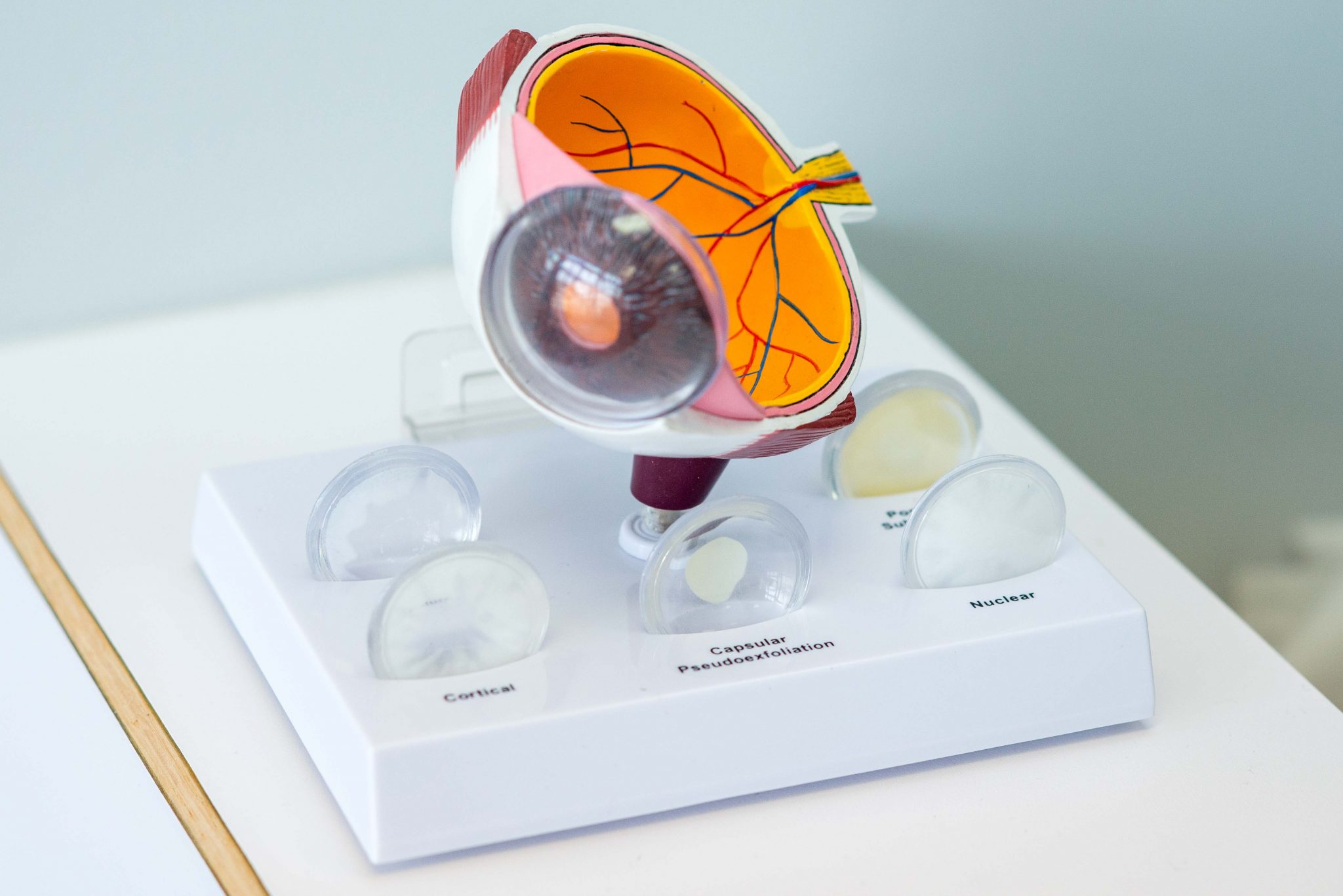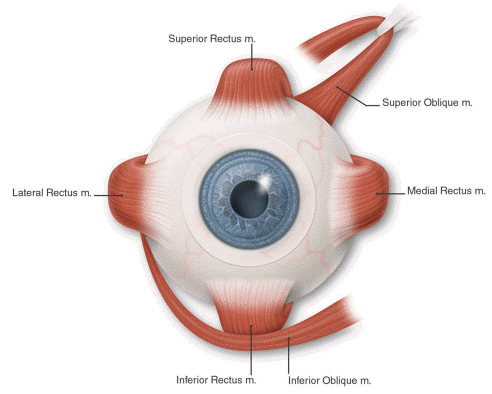Kelowna Developmental Optometrist Explains: Extraocular Muscles
When you’re pushing out one final set at the gym or coming up on that last kilometre of a distance run, it’s easy to forget that the most active muscles in your body are not actually the ones that are aching. It’s not even the…

When you’re pushing out one final set at the gym or coming up on that last kilometre of a distance run, it’s easy to forget that the most active muscles in your body are not actually the ones that are aching. It’s not even the ones that are pumping blood to areas in need. Without equal, the leaders in muscular activity in the body are a small set of ever-active muscles within the orbit of each of your eyes.

The arrangement and coordination of our extraocular muscle system is truly one of the most intricate and beautiful systems operating within our body. Our eyes have nearly 2 million working parts and need to process an estimated 36,000 pieces of information every hour. To manage the onslaught of information, they are always on the move. Even while closed, our eyes are in motion.
What makes this system all the more fascinating, is that the intricate movements of one eye must be exactly mirrored by the movement of the other. In a perfectly functioning visual system, this neurology is shared and movements are equal, smooth and conjugate between the eyes. When they are not shared however – as a result of developmental issues or acquired injury – issues abound.
Okanagan Vision Therapy Programs
For many of those that are enrolled in our programs, it is assumed that we are going to work on training these very muscles around the eyes. While this draws an easy parallel with musculoskeletal therapies, and is in essence somewhat true, the actuality of what we are doing lies more within the neurology that drives the conjugate movements of these muscles. To be clear, Vision Therapy is far more than eye muscle training. The muscles that drive the movements of our eyes are already estimated to be 200x stronger than they need to be to move an eyeball that weighs a mere 7.5 grams. The power of Vision Therapy lies with ensuring that the beautiful dance that exists between the two distinct visual channels leading to our brain remains in unison.
For those who have never experienced the struggles of discoordination between their eyes, this may be challenging to conceptualize. When an imbalance exists in the legs, we can see it. When an imbalance exists between the ears, we can hear it. But an imbalance in visual input is more subtle – yet can lead to extremely pronounced functional deficits in the areas of reading, learning, balance and sports performance. As someone who has experienced these struggles firsthand, I can tell you that the impact can be pervasive throughout many areas of daily function.
While the pathways and intricacies of the neuromuscular drive to these muscles goes beyond the scope of this blog, it is important to take away that well-functioning and balanced extraocular muscles are not something to be taken for granted. Like all systems in our body, our visual system responds to either the positive or negative influences that we expose it to. Visual coordination, function and balance is not passive and can be guided in the direction of more efficient performance. Given the demands being placed on our eyes in today’s near-centred society of phones and technology, this guidance has never been of more value.
Until next month,
Paul Rollett, OD, FCOVD


